Move over, Ai Weiwei – 5 Chinese contemporary artists who are making a splash around the world

Chinese contemporary artists have been making a splash in the international art scene. Their works include modern-day references and classical painting, as well as the introduction of uniquely Asian techniques into contemporary art.
Why Chinese artist Wu Guanzhong’s works still sell for millions
Check out five artists that deserve your attention.
1. Lu Yang, Human Machine Reverse Motion Capture Project
How can the human body overcome its limitations, even to the extent of Buddhist teachings allotted to the idea of a genderless society?
This is one of the themes explored by multimedia artist Lu Yang in her visually stunning, brightly neon-coloured, video-game-inspired Human Machine Reverse Motion Capture Project.
Deeply immersed in the subcultures of manga, anime, and video games – imagine walking intoxicated into the craziest Tokyo club while wearing neon-coloured glasses – the science fiction aesthetic is actually based on traditional and contemporary dances from Indonesia, Japan and India.
Art Basel Hong Kong: resident artists on struggle and success in the city
Yang, who was born in 1984, records dancers meticulously down to the movements of every single joint or eye shift, and then mimics these complex actions using robotic technologies. Thus she creates dancing pop culture figures dissolving the borders of human and robotic movement – and possibly taking robotic movements beyond the limitations that come with being human.
A graduate of the New Media Art Department of the China Academy of Art, Yang has been exhibited at highbrow locations such as Centre Pompidou in Paris, the Shanghai Biennale and the Athens Biennale.
Human Machine was initially unveiled in the emerging artists’ Discovery section of March’s Art Basel Hong Kong 2019, where it was unanimously chosen as the winner of the BMW Art Journey by an international jury.
2. Paul Chan, Variations on 5.01
The prize-winning Hong Kong-born artist Paul Chan (1973), who can also put curator, publisher and political activist on his résumé, had the honour of writing the inaugural text of the massive Art Basel catalogue of 2019.
Why Chinese artist Wu Guanzhong’s East-meets-West paintings still sell for millions
The Variations on 5.01 opens with the words, “Children flee enmity as a form of play. Men do it because there is pleasure in ignorance”, which are surrounded with abstract typewriter art, following a form he originally created for the 2012 documenta 13 art exhibition in Kassel, Germany.
The energetic essay, which also contains the statement “what we understand as progress … is probably not”, follows Chan’s ever-critical discourse, and has a personal, playful presence appealing to all senses, despite its two-dimensional form.
As New York-based Chan put it in a video produced when he received the Hugo Boss Prize a few years ago: “Reading is much more than words. Reading is a multisensory experience. It’s a full-body experience, as the best kind of art can be.”
3. Xu Zhen, Nirvana (2019)
One could say that to make successful contemporary art, you have to take a gamble. I can’t confirm if that is part of the motivation of the Shanghai-based, multimedia artist Xu Zhen (1977), but with Nirvana he has surely created a hypnotic, performative installation.
With the aid of three performers he turned to the ancient art of sand mandalas to depict baccarat and roulette tables, starting with blank tabletops slowly taking on the details of these symbols of quick money, hope and despair in a never-ending ritualistic cycle of creation and destruction.
Art Basel Hong Kong: climate change spurs nature-themed shows
A few grains at a time, the performers tapped out the sand using the funnel-shaped classical tool in an unforgiving act of “painting”, evoking sounds of muted cymbals and guiros and resulting in a multisensory, intricate, forever-changing work marrying ancient ceremonial, extremely slow activities with a contemporary desire for a quick pay-off.
4. Xinyi Cheng, It is hard to stop
Xinyi Cheng (1989) is a winner of the 2019 Baloise Art Prize, one of the main awards given during Art Basel.
Through her 12 oil paintings lining the white walls of Galerie Balice Hertling, she displayed her “unabashed attraction to carnality”.
The naked, violet, near-transparent bodies are all very grounding portraits of people caught in a moment of pleasure. In some cases they have a definite air of post-coital vulnerability about them, but despite a clear sexual connotation, it is never explicit. The subjects, based on her own photos, are caught off guard; some appear stunned.
Despite a voyeuristic air – or maybe thanks to the very same – Cheng has managed a balancing act of making sensitive depictions of the real individuals behind the games of sexuality.
Pop artist Kaws takes giant Companion to Japan on latest leg of Asian tour
Cheng, who was born in China, is a graduate of the Academy of Arts and Design at Tsinghua University. Today she lives and works in Paris.
5. Lawrence Lek, Nøtel
Lawrence Lek (1982) has dreamed up a “hotel for wealthy nomads” with Nøtel, which could be experienced with virtual reality in the Unlimited sector of Art Basel.
His experience working at Foster + Partners, the architecture and integrated design practice of Sir Norman Foster, is apparent in the structures of his computer-animated films.
Lek’s previous works always included pre-existing spaces; Nøtel is the first one he has created from scratch.
The setting comes across as a dystopian, neon-green version of Apple’s giant Cupertino doughnut-shaped headquarters. Nøtel marries luxurious, minimalist architecture with unsettling, fractious qualities of empty rooms with stressful alarm tones and the feeling of a never-ending “fortress of luxury”.
Born to Malaysian Chinese parents in Frankfurt, having grown up in Singapore and pre-handover Hong Kong and now based on London, Lek is a true cosmopolitan, who often lets the Singapore skyline of his younger years appear in Hitchcock-like cameos.
Want more stories like this? Sign up here. Follow STYLE on Facebook, Instagram, YouTube and Twitter

Stunning works by Lu Yang, Paul Chan, Xu Zhen, Xinyi Cheng and Lawrence Lek have helped them make names for themselves

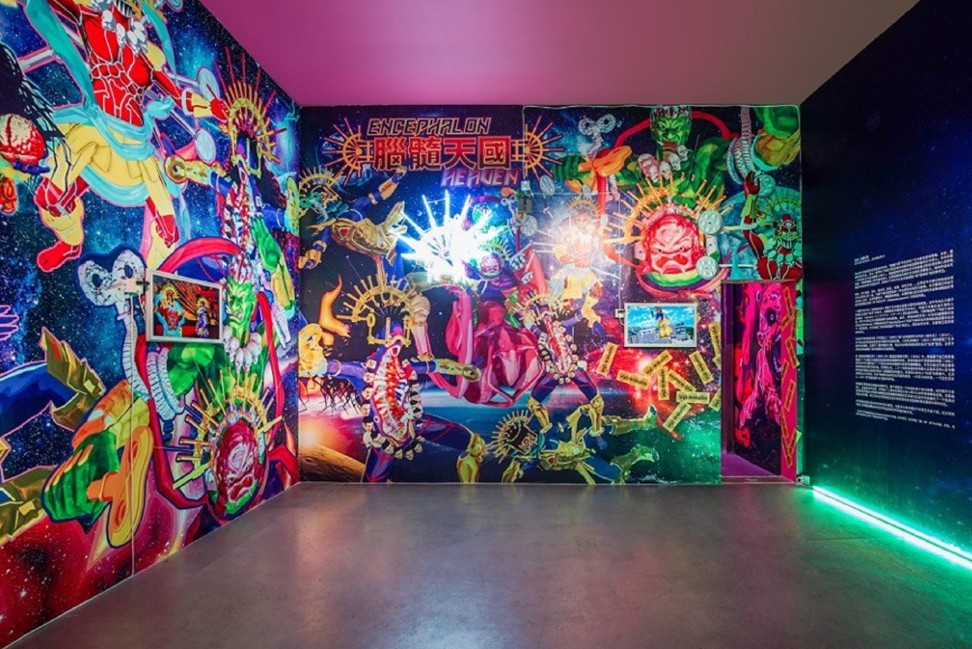

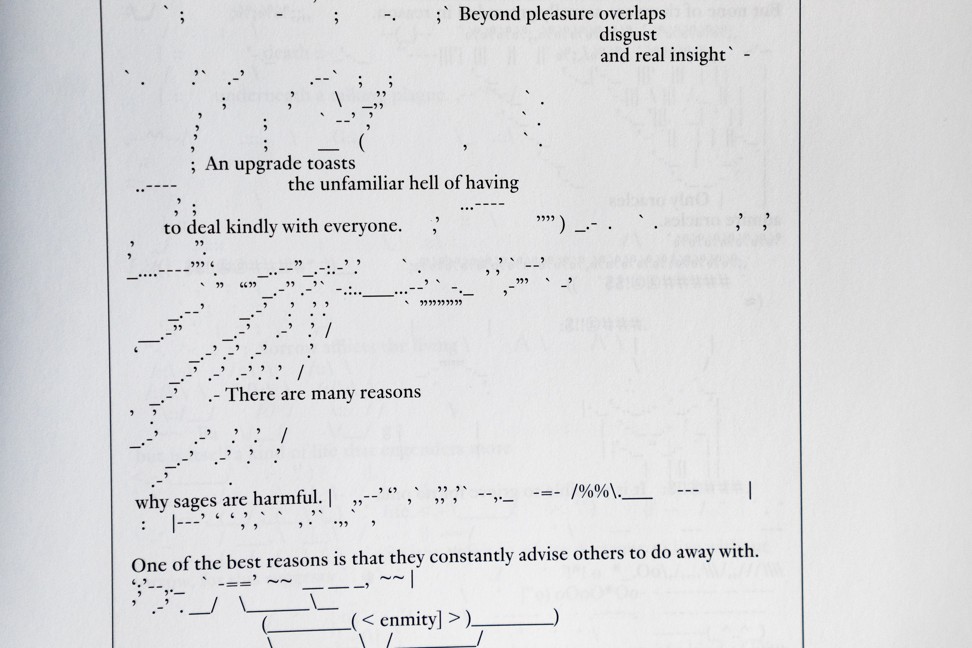
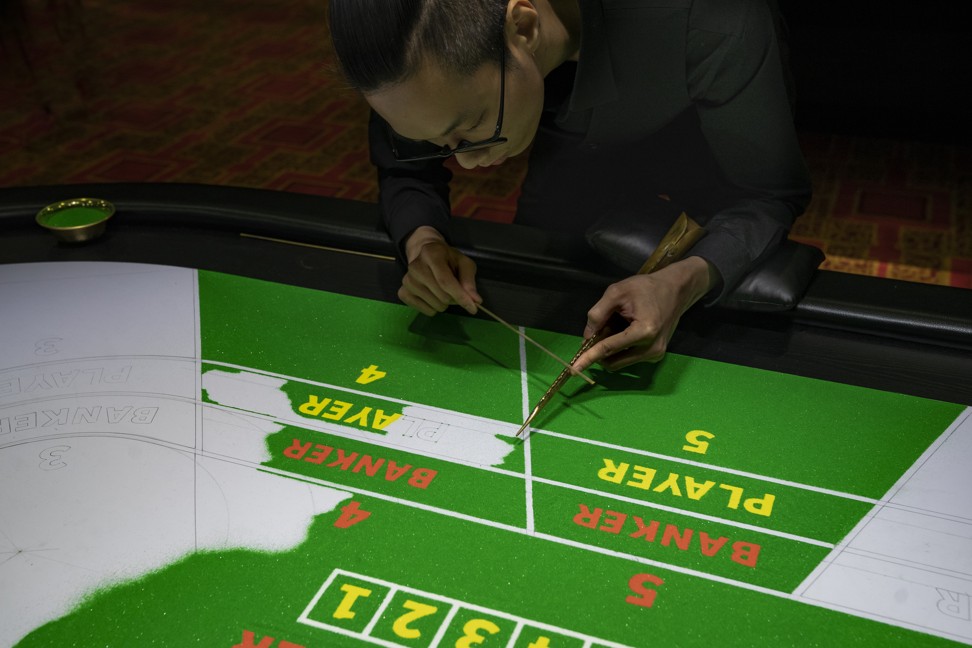
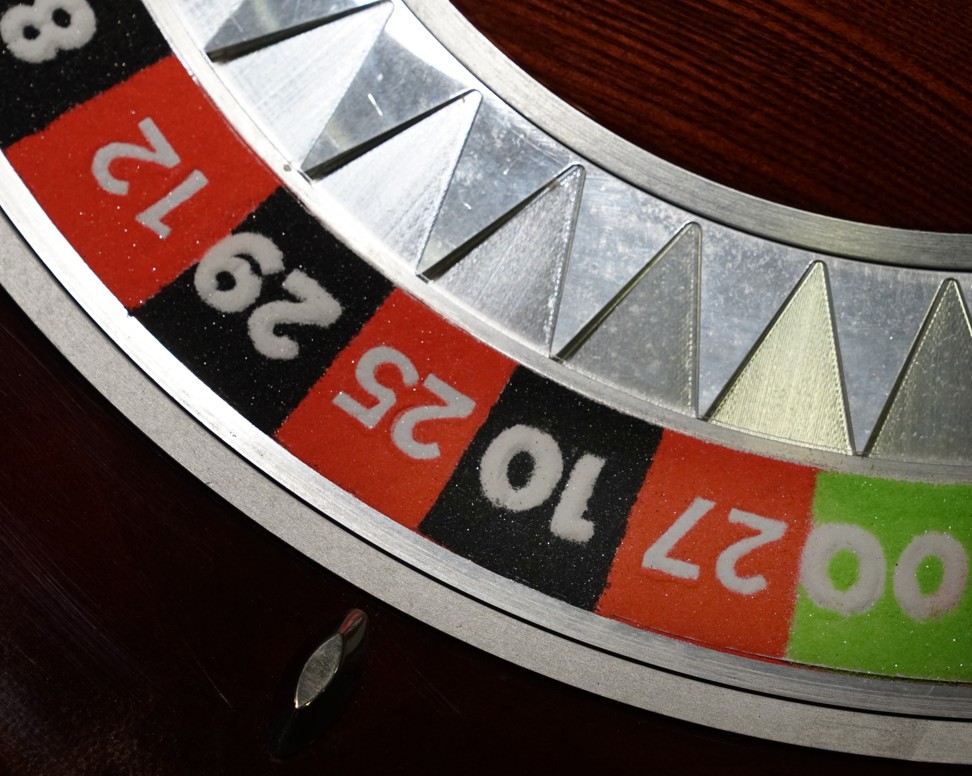
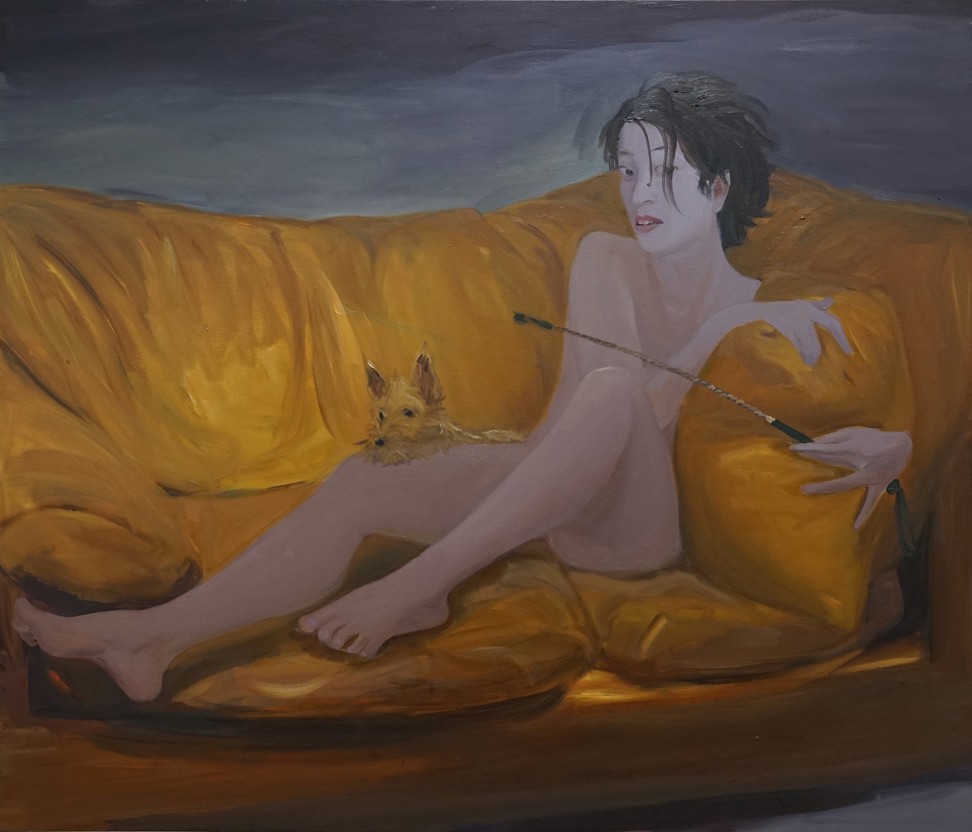

![Lawrence Lek. Nøtel (The Hague), 2018 [still] HD Video, stereo sound. Duration: 19 min 30 sec. Copyright Lawrence Lek, courtesy of the artist and Sadie Coles HQ, London.](https://cdn.i-scmp.com/sites/default/files/d8/images/methode/2019/07/26/48c45752-a9be-11e9-862b-600d112f3b14_972x_131907.jpeg)
![Lawrence Lek, Nøtel (The Hague), 2018 [still] HD Video, stereo sound. Duration: 19 min 30 sec. Copyright Lawrence Lek, courtesy of the artist and Sadie Coles HQ, London.](https://cdn.i-scmp.com/sites/default/files/d8/images/methode/2019/07/26/67fcd59a-a9be-11e9-862b-600d112f3b14_972x_131907.jpeg)